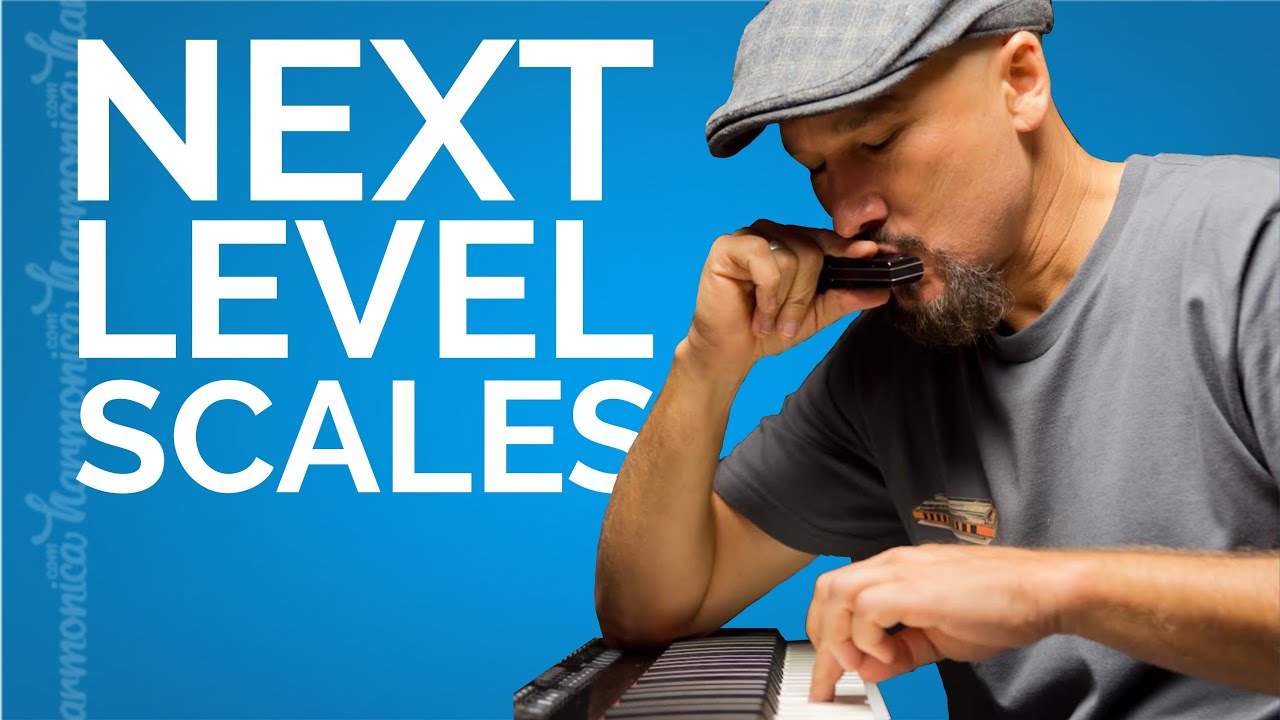Here are 3 reasons to practice a scale:
![]() 1. Provide context for learning songs and riffs, and for improvising
1. Provide context for learning songs and riffs, and for improvising
![]() 2. Developing more dexterity on your instrument so you sound cleaner, tighter, and can play faster.
2. Developing more dexterity on your instrument so you sound cleaner, tighter, and can play faster.
![]() 3. Gaining actual material that we can use when improvising
3. Gaining actual material that we can use when improvising
A few months ago we took practicing a scale to the next level with playing a sequence of 3 notes through a scale. Did you work that out? Check out the short vid again if you need a refresher.
Some of that stuff is starting to create melodic material that you can actually use when you’re making up your own solos. I do!
We’re gonna take that one step further, into an exercise that will add a new level of dexterity for you to achieve, but also some really cool melodic material that you can use when soloing.
First, let’s play the 3-note pattern concept and take it through the 1st position major scale to prepare for the note skipping:
Ascending:
4 -4 5, -4 5 -5, 5 -5 6, 5 6 -6, 6 -6 -7, -6 -7 7
Descending:
7 -7 -6, -7 -6 6, -6 6 -5, 6 -5 5, -5 5 -4, 5 -4 4
Once you have that down, here’s the new hack: we are going to omit the second note of each 3-note phrase . Speaking in terms of intervals, we will be playing 1-3, 2-4, 3-5, 4-6, etc…The tabs are:
Ascending:
4 5, -4 -5, 5 6, -5 -6, 6 -7, -6 7
Descending:
7 -6, -7 6, -6 -5, 6 5, -5 -4, 5 4
When trying an exercise like this, many people realize, “oh I don’t actually know the major scale as well as I thought I did.” This is a way to massively level-up your musicianship. Even more importantly, skipping notes this way gives you some really cool ideas you can use when it’s your turn to take a solo!
I hope you have fun challenging yourself with this exciting approach to practicing scales. It may seem overwhelming at first. The key here is patience . It might take weeks, months, or even years, but G.I. Joe used to say: “Now you know. And knowing is half the battle! ”
To hear audio examples of this exercise, and examples of how it might be used in the course of improvising, check out this video:
Maybe you’re not ready to try and play this yet, but even thinking about the concepts here will prove to be helpful in a few months or years when you’re ready to give it a try.

